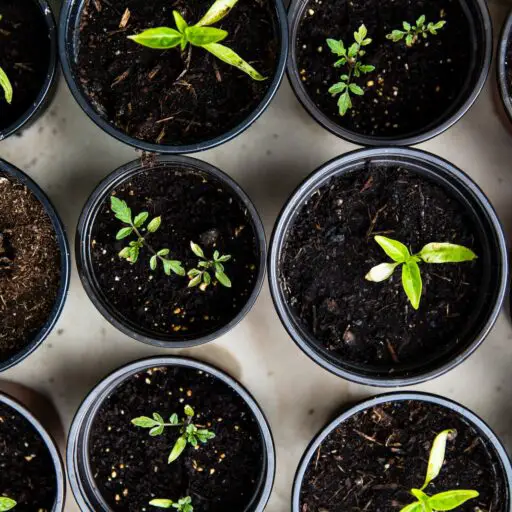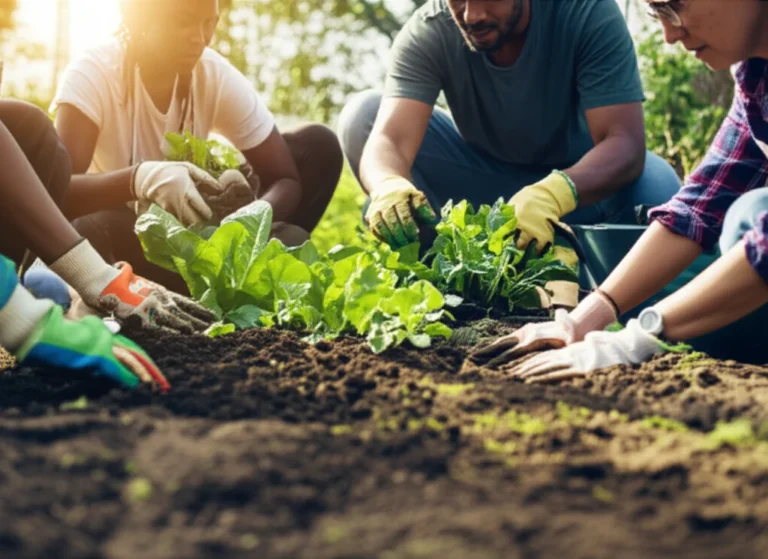Support our educational content for free when you purchase through links on our site. Learn more
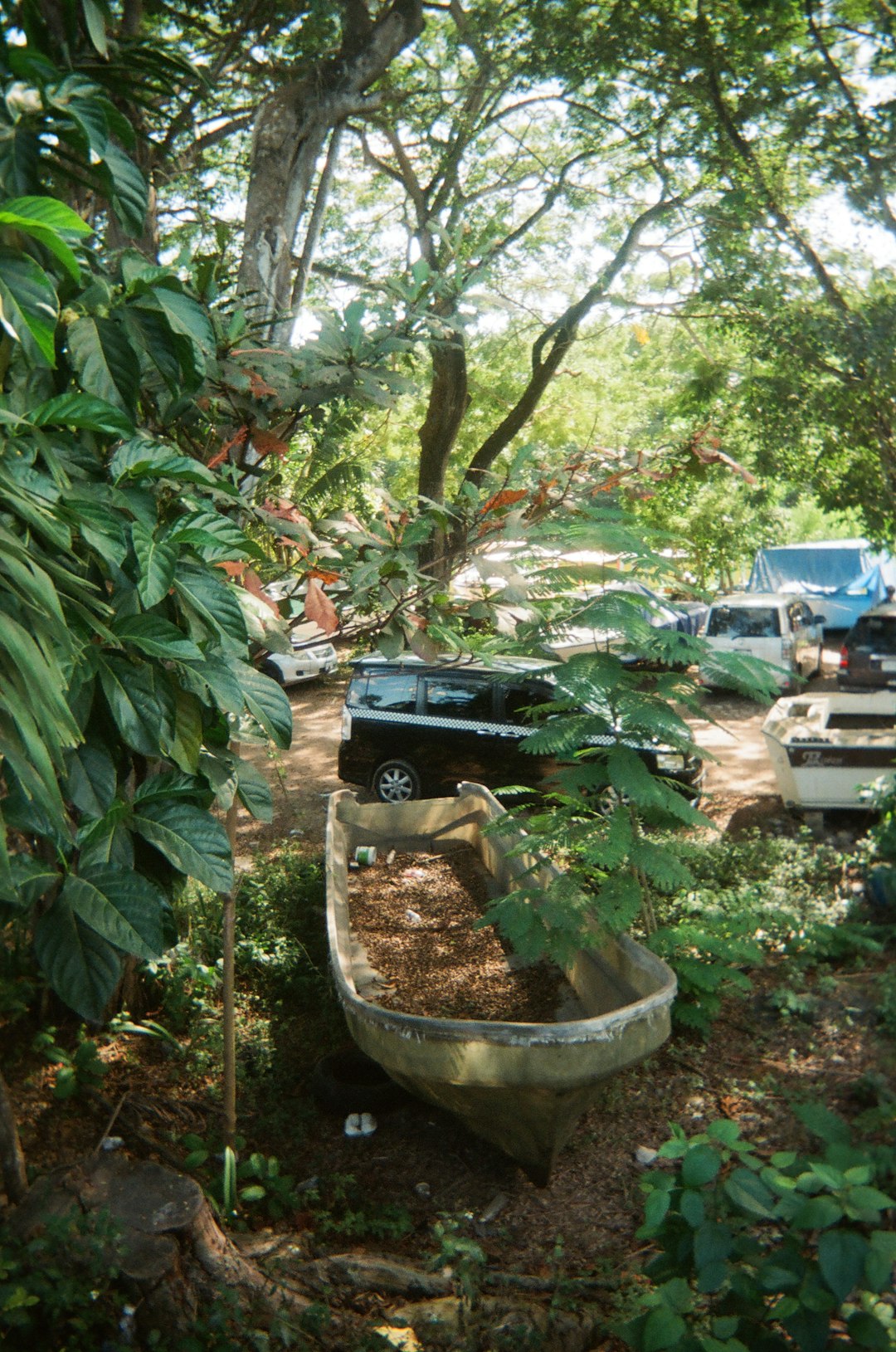
Imagine turning your neighborhood’s forgotten vacant lot into a vibrant oasis that not only grows fresh veggies but also slashes tons of waste every year. Sounds like magic? It’s not—it’s the power of community gardens! These green gems do far more than just feed people; they’re champions in reducing food scraps, packaging waste, and even water overuse. In fact, did you know that about one-third of all food produced globally ends up wasted? Community gardens are quietly rewriting that story by composting, sharing surplus harvests, and teaching sustainable habits that ripple through entire neighborhoods.
In this article, we’ll dig into 8 powerful ways community gardens reduce waste—from the humble compost pile to savvy seed saving and water-wise gardening. Plus, we’ll share inspiring real-life stories and practical tips so you can join the movement or supercharge your existing garden’s green impact. Ready to discover how your local patch of earth can become a waste-fighting powerhouse? Let’s get growing!
Key Takeaways
- Community gardens reduce food and organic waste by composting scraps and turning them into nutrient-rich soil.
- Growing food locally cuts down on packaging and transportation waste, shrinking your carbon “foodprint.”
- Water-saving techniques like rainwater harvesting and drip irrigation help conserve precious resources.
- Sharing tools, seeds, and surplus produce fosters a culture of reuse and zero waste.
- Education in community gardens empowers gardeners to adopt sustainable practices that extend beyond the garden.
- Starting or joining a community garden is a powerful way to contribute to environmental health and community resilience.
👉 Shop recommended products to get started:
- Compost bins and tumblers: Jora Composters | Earth Machine Compost Bin
- Seeds and gardening supplies: Burpee Seeds | Gardener’s Supply Company
Table of Contents
- ⚡️ Quick Tips and Facts
- The Green Revolution Starts Here: Unearthing the Roots of Community Gardening’s Impact on Waste Reduction
- Beyond the Compost Bin: How Community Gardens Tackle Waste from Seed to Supper
- 8 Ways Community Gardens Are Secret Weapons Against Waste
- 1. The Mighty Compost Pile: Turning “Trash” into Garden Gold
- 2. Shrinking Your Carbon “Foodprint”: Local Produce & Packaging Power
- 3. Water Wise Wonders: Conserving H2O & Reducing Resource Strain
- 4. The Art of Upcycling & Sharing: Breathing New Life into Old Things
- 5. From Abundance to Zero Waste: Tackling Food Spoilage & Surplus
- 6. Cultivating Knowledge, Not Landfills: Education as a Waste Reduction Tool
- 7. The Soil’s Secret Weapon: How Healthy Soil Reduces Waste (and Boosts Yields!)
- 8. The Ripple Effect: Fostering a Culture of Sustainability & Collective Action
- Our Personal Journey: Tales from the Trenches of Community Gardening Waste Warriors
- Common Pitfalls and How to Avoid Them: Navigating the Path to Zero Waste Gardening
- Making it Happen: How to Start or Join a Waste-Reducing Community Garden Near You
- Conclusion: Sowing Seeds of Change, Harvesting a Greener Future
- Recommended Links
- FAQ: Your Burning Questions Answered!
- Reference Links
⚡️ Quick Tips and Facts
Welcome to the green frontier! 🌱 If you’ve ever wondered how community gardens reduce waste, you’re in the right place. Here are some quick nuggets from our team at Community Gardening™ to get your curiosity sprouting:
- ✅ Community gardens reduce food waste by growing local produce, cutting down on long-distance shipping and spoilage.
- ✅ Composting is king: these gardens turn kitchen scraps and plant waste into nutrient-rich soil, diverting tons from landfills.
- ✅ Vacant lots become vibrant spaces, transforming trash-strewn areas into productive, beautiful gardens.
- ✅ Water conservation techniques in community gardens reduce resource waste.
- ✅ Sharing and upcycling tools and seeds fosters a culture of reuse and reduces material waste.
- ✅ Educational programs in community gardens teach sustainable practices that ripple out into the community.
Curious how all these pieces fit together? Stick with us as we dig deeper into the roots of waste reduction through community gardening. For a primer on community gardens themselves, check out our detailed article on What is the goal of a community garden?.
The Green Revolution Starts Here: Unearthing the Roots of Community Gardening’s Impact on Waste Reduction
Community gardens are more than just plots of earth—they’re living hubs of sustainability. According to the American Community Gardening Association, there are about 18,000 community gardens across the U.S. and Canada, each playing a vital role in reducing waste and promoting environmental health.
How did this movement begin?
Back in the 1970s, urban neighborhoods started reclaiming vacant lots, turning them into productive green spaces. These gardens were initially about food security but quickly became powerful agents against waste. By growing food locally, they cut down on the carbon footprint associated with transporting produce thousands of miles.
Why does this matter?
Food production and distribution are major contributors to greenhouse gas emissions and waste. The United Nations Food and Agriculture Organization (FAO) estimates that about one-third of all food produced globally is wasted. Community gardens help tackle this by:
- Growing food close to home, reducing spoilage during transport.
- Encouraging composting and reuse of organic waste.
- Transforming underutilized urban spaces into productive land.
This grassroots green revolution is a shining example of how local action can have global impact.
Beyond the Compost Bin: How Community Gardens Tackle Waste from Seed to Supper
Waste reduction in community gardens happens at every stage of the growing process. Let’s break down the journey from seed to supper:
Seed Selection & Saving
- Choosing heirloom and open-pollinated seeds means gardeners can save seeds year after year, reducing the need to buy new ones and cutting packaging waste.
- Seed exchanges within the community promote sharing and reduce surplus.
Planting & Growing
- Companion planting reduces pest damage naturally, minimizing the need for chemical pesticides and their associated waste.
- Using mulch and cover crops conserves soil moisture and prevents erosion, reducing the need for additional inputs.
Harvesting & Storage
- Harvesting at peak ripeness reduces spoilage.
- Community members often share surplus produce through gleaning programs or food banks, preventing edible food from going to waste.
Composting & Soil Health
- Organic waste from garden beds and kitchens is composted on-site or through local programs like Portland, Maine’s Community Composting Program, turning waste into valuable soil amendments.
- Healthy soil means plants grow stronger and waste less.
This cradle-to-cradle approach ensures that waste is minimized and resources are cycled back into the garden.
8 Ways Community Gardens Are Secret Weapons Against Waste
Ready for the juicy details? Here are eight powerful ways community gardens reduce waste, backed by our hands-in-the-dirt experience and research.
1. The Mighty Compost Pile: Turning “Trash” into Garden Gold
Composting is the heart of waste reduction in community gardens. According to Portland’s program, community-scale composting can accept a wider range of materials than home composting—including meat and dairy—because of higher temperatures that kill pathogens.
Our experience: We’ve seen gardens divert hundreds of pounds of organic waste monthly, transforming it into rich compost that boosts yields and reduces the need for chemical fertilizers.
| Composting Benefits | Details |
|---|---|
| Waste diverted | Food scraps, plant trimmings, paper products |
| Soil enrichment | Adds nutrients, improves structure |
| Reduces landfill methane | Organic waste decomposes aerobically |
| Cost savings | Less need for purchased soil amendments |
👉 CHECK PRICE on:
2. Shrinking Your Carbon “Foodprint”: Local Produce & Packaging Power
When you grow your own food or get it from a community garden, you slash the miles your food travels. This means:
- Less fuel burned in transportation.
- Less packaging waste from supermarkets.
- Fresher produce, reducing spoilage.
The ACGA notes that community gardens help reduce greenhouse gas emissions by cutting down on the entire food production lifecycle.
3. Water Wise Wonders: Conserving H2O & Reducing Resource Strain
Water is precious! Community gardens often employ:
- Rainwater harvesting systems.
- Drip irrigation to minimize waste.
- Mulching to retain soil moisture.
These practices reduce water waste, which is a hidden form of environmental waste.
4. The Art of Upcycling & Sharing: Breathing New Life into Old Things
Community gardens are treasure troves of creativity:
- Old pallets become raised beds.
- Used containers serve as planters.
- Tool libraries reduce the need for everyone to buy new equipment.
Sharing tools and resources cuts down on material waste and fosters community spirit.
5. From Abundance to Zero Waste: Tackling Food Spoilage & Surplus
Ever had a glut of zucchini? Community gardens often organize:
- Produce swaps.
- Preservation workshops (canning, drying).
- Donations to local food banks.
This ensures surplus food feeds people, not landfills.
6. Cultivating Knowledge, Not Landfills: Education as a Waste Reduction Tool
Education is a secret weapon. Teaching gardeners about:
- Proper harvesting techniques.
- Composting best practices.
- Sustainable pest management.
…empowers them to reduce waste effectively.
7. The Soil’s Secret Weapon: How Healthy Soil Reduces Waste (and Boosts Yields!)
Healthy soil means plants grow better and resist pests and diseases, which means less waste from failed crops. Techniques like crop rotation and cover cropping keep soil vibrant.
8. The Ripple Effect: Fostering a Culture of Sustainability & Collective Action
Community gardens inspire broader environmental stewardship. Gardeners often take sustainable habits home, influencing waste reduction in their households and neighborhoods.
Our Personal Journey: Tales from the Trenches of Community Gardening Waste Warriors
At Community Gardening™, we’ve witnessed firsthand how community gardens become waste-fighting champions. Here’s a story from our lead gardener, Maria:
“One summer, our garden faced a mountain of kitchen scraps from our neighbors. Instead of letting it go to waste, we built a compost system inspired by Portland’s Garbage to Garden program. Within months, we were turning what was once trash into rich, black gold that fed our plants and our community. The best part? Gardeners started bringing their own scraps, and we even donated compost to local schools. It felt like we were closing the loop, right in our backyard!”
This story is echoed in many gardens across the country, showing the power of community action.
Common Pitfalls and How to Avoid Them: Navigating the Path to Zero Waste Gardening
Even the greenest thumbs can stumble. Here are some common challenges and how to overcome them:
| Pitfall | How to Avoid It |
|---|---|
| Poor compost management | Educate gardeners on compost balance and turning |
| Overplanting leading to waste | Plan crops carefully; share surplus early |
| Lack of water conservation | Install rain barrels and drip irrigation |
| Tool hoarding or loss | Create a tool-sharing system with clear rules |
| Neglecting soil health | Rotate crops and add organic matter regularly |
By anticipating these, your community garden can stay on the path to sustainability.
Making it Happen: How to Start or Join a Waste-Reducing Community Garden Near You
Ready to get your hands dirty and reduce waste? Here’s a step-by-step guide:
Step 1: Find or Form Your Garden Group
- Connect with neighbors or local organizations.
- Use platforms like American Community Gardening Association to find nearby gardens.
Step 2: Choose Your Site Wisely
- Look for vacant lots or underused spaces.
- Test soil quality and ensure water access.
Step 3: Plan for Waste Reduction
- Set up compost bins or partner with local composting programs.
- Organize seed swaps and tool libraries.
- Educate members on sustainable practices.
Step 4: Secure Permissions and Funding
- Check local regulations and permits.
- Apply for grants or seek donations from brands like Gardener’s Supply Company or Burpee.
Step 5: Launch and Celebrate
- Host a kickoff event to build excitement.
- Promote your garden through social media and local events.
For inspiration and design tips, explore our Garden Design Ideas and Community Garden Events categories.
Conclusion: Sowing Seeds of Change, Harvesting a Greener Future
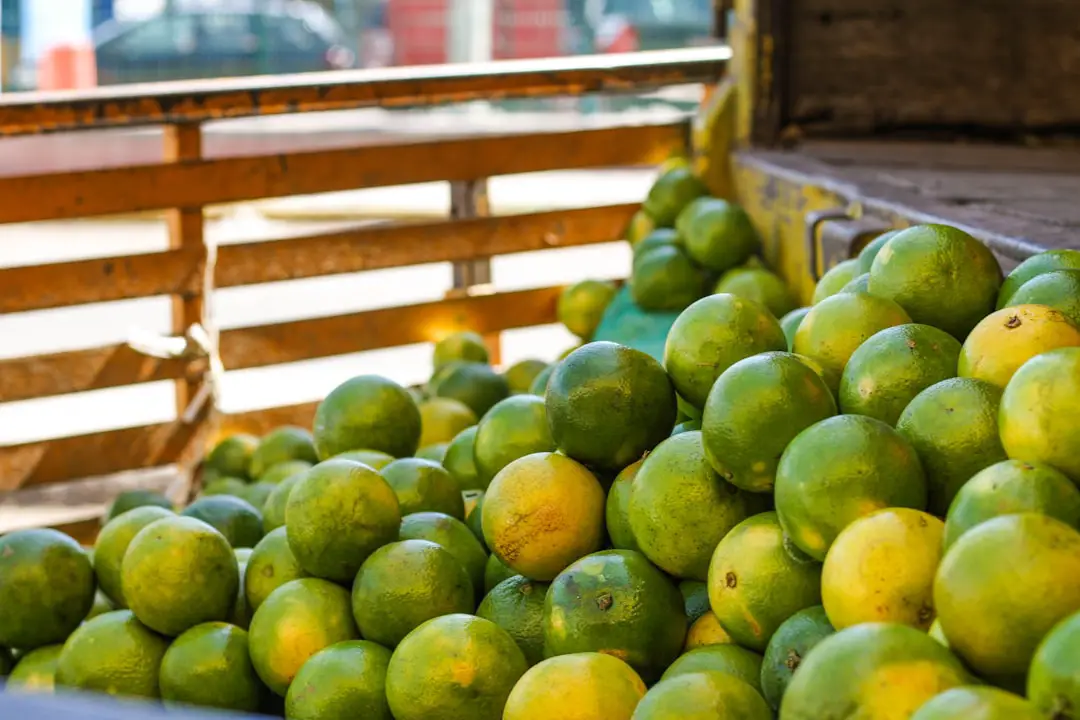
So, how exactly do community gardens reduce waste? As we’ve uncovered, these vibrant green spaces are much more than just places to grow veggies—they are powerful engines of sustainability. From composting kitchen scraps into fertile soil to cutting down food miles by growing local produce, community gardens tackle waste on multiple fronts. They transform neglected urban spaces into hubs of productivity and education, fostering a culture of sharing, upcycling, and environmental stewardship that extends far beyond the garden fence.
Our personal stories and the research from cities like Portland, Maine, and insights from the American Community Gardening Association confirm that community gardens reduce landfill waste, lower greenhouse gas emissions, and build resilient local food systems. They also empower communities with knowledge and tools to live more sustainably.
If you’ve ever wondered whether joining or starting a community garden is worth the effort, the answer is a resounding YES. The benefits ripple through environmental, social, and economic spheres, making community gardens a cornerstone of sustainable urban living.
Ready to dig in? Whether you’re composting your kitchen scraps, sharing seeds with neighbors, or simply enjoying the fruits of collective labor, you’re part of a movement that’s changing the world—one garden bed at a time.
Recommended Links
Ready to start your own waste-reducing garden or enhance your current setup? Check out these trusted products and resources:
-
Jora Composters:
Amazon | Walmart | Jora Official Website -
Earth Machine Compost Bin:
Amazon | Home Depot -
Gardener’s Supply Company (Tools & Supplies):
Gardener’s Supply -
Burpee Seeds (Heirloom & Organic Seeds):
Burpee -
Books on Sustainable Gardening and Composting:
FAQ: Your Burning Questions Answered!
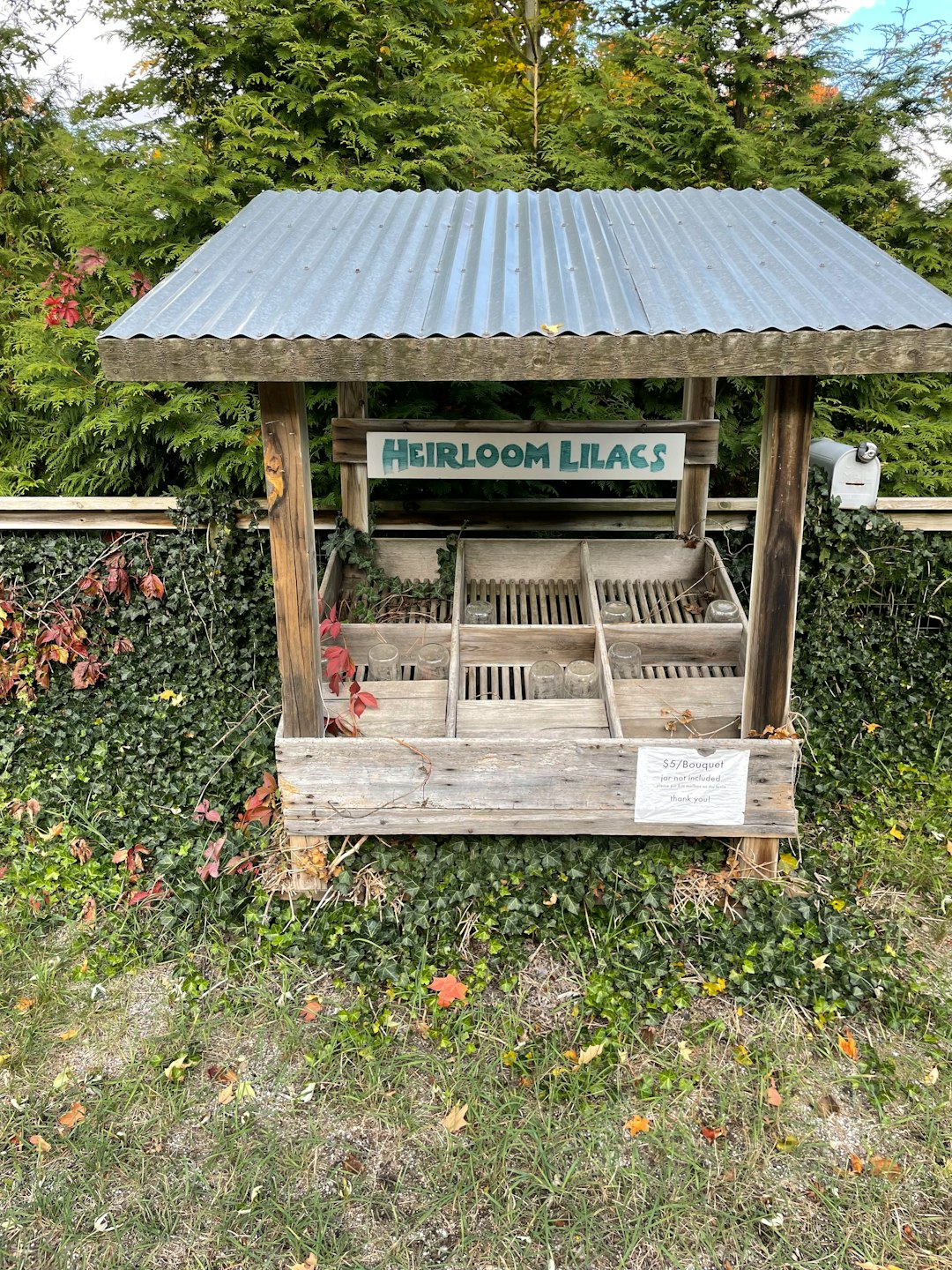
What are the benefits of composting in community gardens for waste reduction?
Composting in community gardens diverts organic waste from landfills, where it would otherwise produce methane, a potent greenhouse gas. Instead, composting breaks down food scraps and plant material aerobically, creating nutrient-rich soil amendments that improve garden productivity. This closes the nutrient loop, reduces the need for synthetic fertilizers, and lowers overall waste volumes. Community composting programs, like Portland’s Garbage to Garden, even accept items home composters can’t, such as meat and dairy, further expanding waste diversion.
How do community gardens promote sustainable practices and minimize environmental impact?
Community gardens are living classrooms for sustainability. They encourage water conservation through rainwater harvesting and drip irrigation, reduce chemical use by promoting organic pest management, and foster biodiversity with diverse plantings. By growing food locally, they reduce transportation emissions and packaging waste. The shared use of tools and materials also cuts down on resource consumption. These practices collectively minimize environmental footprints and inspire gardeners to adopt sustainable habits beyond the garden.
What role do community gardens play in reducing food waste and supporting local food systems?
Community gardens reduce food waste by enabling gardeners to harvest fresh produce at peak ripeness, reducing spoilage. Surplus crops are often shared, swapped, or donated, ensuring food reaches people rather than landfills. By providing access to fresh, local food, community gardens strengthen local food systems, reducing reliance on industrial agriculture and long supply chains. This localized approach enhances food security and resilience, especially in urban “food deserts.”
Can community gardens serve as educational hubs for teaching waste reduction and recycling practices to the public?
Absolutely! Community gardens are ideal venues for hands-on education about composting, seed saving, water conservation, and sustainable gardening. Many gardens host workshops, school programs, and volunteer days that teach participants how to reduce waste and live more sustainably. This education spreads awareness and empowers communities to adopt eco-friendly practices in their daily lives, multiplying the positive impact.
How can community gardens help transform vacant or neglected urban spaces?
Vacant lots often accumulate trash and become eyesores or safety hazards. Community gardens reclaim these spaces, removing debris and hazardous materials, and transforming them into productive green areas. This beautification reduces illegal dumping and promotes neighborhood pride, while also providing environmental benefits like improved air quality and stormwater management.
Read more about “11 Powerful Purposes of Community Gardens You Didn’t Know (2025) 🌿”
What challenges do community gardens face in waste reduction, and how can they be overcome?
Challenges include improper composting techniques, overplanting leading to surplus waste, water management issues, and tool hoarding. These can be overcome through education, clear community guidelines, careful planning, and fostering a culture of sharing and responsibility. Regular workshops and open communication help maintain momentum and sustainability.
Reference Links
- American Community Gardening Association — communitygarden.org
- Portland, Maine Community Composting Program — portlandmaine.gov/727/Community-Composting-Program
- Oklahoma State University Extension: Community Gardens have Benefits Beyond Fresh Foods — extension.okstate.edu/announcements/grow-gardening-columns/may-7-2023.html
- United Nations Food and Agriculture Organization (FAO) on Food Waste — fao.org/food-loss-and-food-waste/en
- Jora Composters Official Website — joracomposter.com
- Gardener’s Supply Company — gardeners.com
- Burpee Seeds — burpee.com
We hope this deep dive has inspired you to join the community gardening movement and become a waste-reduction warrior in your own neighborhood! 🌿✨
